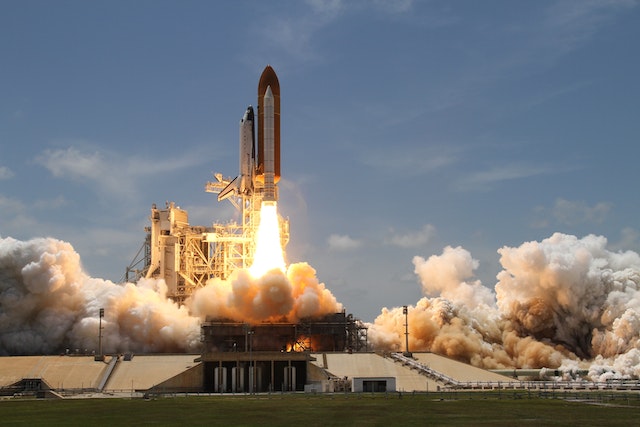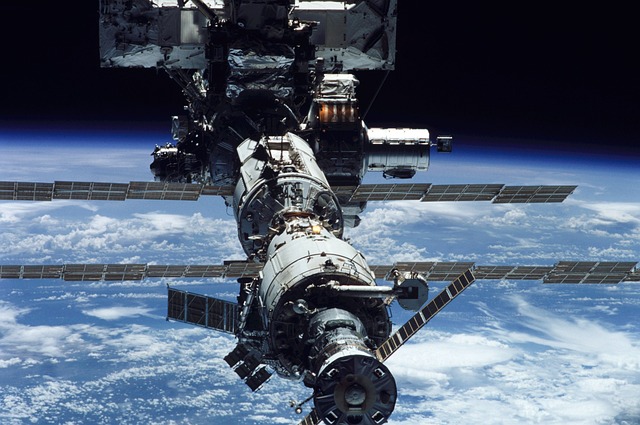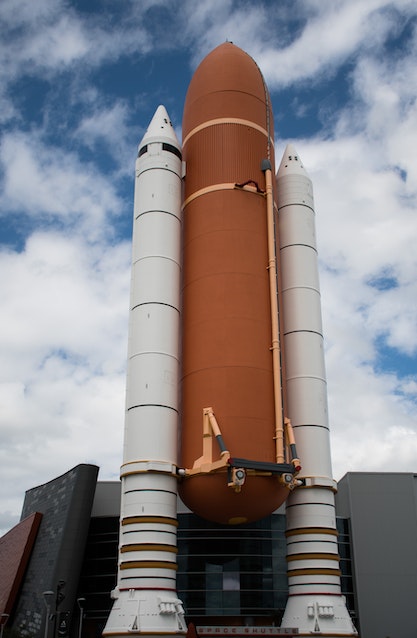
The vast, infinite expanse of space has captured the hearts and imaginations of people since time immemorial. From the ancient civilizations who gazed upon the stars with wonder, to the modern day explorers who venture beyond our planet, there has always been a keen interest in space exploration.
In recent years, space exploration has taken great leaps forward. Using advanced technology and innovative approaches, scientists and engineers have sent probes to far-off planets, explored the depths of our solar system, and even begun to search for signs of life beyond our own planet.
Space Agencies and Missions
In the pursuit of unraveling the mysteries of the universe, space agencies all around the world have worked tirelessly to push the boundaries of human knowledge. Through their ambitious missions, these agencies seek to not only understand the wonders of space but also pave the way for future explorations and potential colonization of other celestial bodies.
National Aeronautics and Space Administration (NASA)
Mars Rover Missions
Since its establishment in 1958, NASA has been at the forefront of space exploration. Through its Mars Rover missions, NASA has successfully sent robotic explorers to the red planet in search of answers to fundamental questions. Missions like Curiosity, Opportunity, and the upcoming Perseverance have provided valuable data about Martian geology, climate, and potential for extraterrestrial life.
International Space Station (ISS)
As a collaborative effort with several other space agencies, the International Space Station orbits the Earth and serves as a platform for scientific research, technological advancements, and international cooperation.

Astronauts from different nations live in the ISS, conducting experiments and gaining crucial insights into the challenges associated with long-duration space missions.
European Space Agency (ESA)
Rosetta Mission
The European Space Agency’s Rosetta mission achieved an extraordinary feat in 2014 by successfully landing a probe on the comet 67P/Churyumov-Gerasimenko. This mission aimed to study the nature of comets, their origins, and their role in the formation of our solar system. The data collected during this mission has provided invaluable insights into the early stages of the universe.
ExoMars
Through the ExoMars missions, a joint project with Russia’s Roscosmos, the European Space Agency aims to search for signs of past or present life on Mars. These missions include the Trace Gas Orbiter, which studies the composition of the Martian atmosphere, and the upcoming Rosalind Franklin rover, which will search for biosignatures on the Martian surface.
China National Space Administration (CNSA)
Chang’e Lunar Exploration Program
China’s Chang’e program is a series of lunar missions that have made significant strides in lunar exploration. Named after the Chinese goddess of the Moon, the Chang’e missions have successfully sent orbiters, landers, and rovers to the lunar surface, mapping its topography and searching for resources that could support future human activities on the Moon.
Tianzhou Cargo Spaceship
China’s Tianzhou cargo spacecraft plays a crucial role in the construction and resupply of their space station, Tiangong. These automated cargo ships deliver supplies and experiments to astronauts aboard the space station, facilitating extended missions and strengthening their presence in space.

Advancements in Space Technology
Over the years, advancements in space technology have revolutionized the way we explore the cosmos. From cutting-edge spacecraft designs to innovative propulsion systems, scientists and engineers have pushed the boundaries of what is possible, turning science fiction into reality.
Advanced Spacecraft Designs
Spacecraft designs have evolved extensively, catering to the unique challenges posed by outer space. Here are some groundbreaking advancements in spacecraft technology.
Modular Spacecraft: Modular spacecraft, with detachable components and interchangeable modules, have sparked the era of flexibility and adaptability in space exploration. Such designs allow scientists to assemble spacecraft in orbit, greatly expanding their capabilities for complex missions.
Lightweight Materials: The development of lightweight materials, such as carbon composites and advanced alloys, has revolutionized spacecraft construction. These innovative materials offer enhanced strength-to-weight ratios, enabling spacecraft to carry more payloads and travel farther into the cosmos.
CubeSats: CubeSats, miniature satellites with standardized dimensions (typically 10 cm x 10 cm x 10 cm), have opened up new frontiers for low-cost space missions. These diminutive satellites are often deployed in constellations and can perform a wide range of tasks, from Earth observation to scientific experiments.
Propulsion Systems of the Future
Propelling space vehicles across vast distances requires propulsion systems capable of withstanding the harsh conditions of space. Here are some remarkable advancements in propulsion technology.
Ion Propulsion: Ion propulsion systems, such as the Hall effect thruster, utilize electric fields to accelerate ions and create thrust. While ion engines produce low thrust, they are highly efficient and can operate continuously for extended durations. This technology has been used in various missions, including NASA’s Deep Space 1 and the Dawn spacecraft.
Nuclear Propulsion: Nuclear propulsion represents the next frontier in space travel. By harnessing the power of controlled nuclear reactions, spacecraft equipped with nuclear propulsion systems could achieve unprecedented speeds and drastically reduce travel times to distant destinations. This technology is currently being explored for future deep space missions.
Solar Sail: Solar sails harness the pressure exerted by sunlight to propel spacecraft. These ingenious sails, made of lightweight materials that reflect sunlight, can propel vehicles using the momentum transferred by photons. With no need for fuel, solar sails offer limitless travel possibilities and have been proposed for missions such as interstellar exploration.
Space Tourism: A Gateway to the Stars

With the continuous development of space technology, the realm of space tourism has emerged as a tantalizing prospect. Privately-funded companies, such as Virgin Galactic and SpaceX, are pushing the boundaries of what was once considered exclusively reserved for astronauts and scientists. Space tourism promises to offer civilians the opportunity to embark on extraordinary journeys beyond the Earth’s atmosphere.
Space tourism holds the promise of providing a life-altering experience known as the “Overview Effect.” As individuals behold the Earth from above, they are overcome with a profound sense of interconnectedness and awe. This transformative experience has the potential to deepen our appreciation for our planet and inspire a new collective responsibility towards its preservation.
Before embarking on a space tourism adventure, participants undergo extensive training to ensure their safety and preparedness. Training programs include physical fitness, simulation exercises, and comprehensive briefings on the various components of the spacecraft. This meticulous preparation equips space tourists with the knowledge and confidence to embrace the wonders of space.
A Bold New Frontier
The emergence of commercial spaceflight marks a significant shift in the dynamics of space exploration. Once the exclusive realm of governmental agencies, private companies are now pioneering groundbreaking initiatives. From satellite deployment to cargo resupply missions, commercial spaceflight endeavors are reshaping the landscape of space exploration, fostering innovation and fostering economic growth.
Commercial spaceflight is propelling humanity towards new heights. With reusable rockets and innovative spacecraft designs, these ventures are driving down costs and enabling more frequent access to space. This newfound accessibility holds the potential for groundbreaking scientific discoveries, resource exploitation, and the eventual colonization of other celestial bodies.
The venture has also catalyzed collaborations between private enterprises and traditional space agencies. These partnerships leverage the strengths of both sectors, combining technological advancements with established expertise. This synergy has led to increased opportunities for global scientific endeavors, fostering international cooperation and advancing our understanding of the universe.
Space exploration continues to enthrall and inspire, pushing the boundaries of human achievements. The prospects of space tourism and commercial spaceflight represent bold new chapters in the story of our cosmic exploration. As both private companies and international agencies embark on these ambitious endeavors, the future of space travel promises to be an exciting era of discovery, wonder, and adventure.
